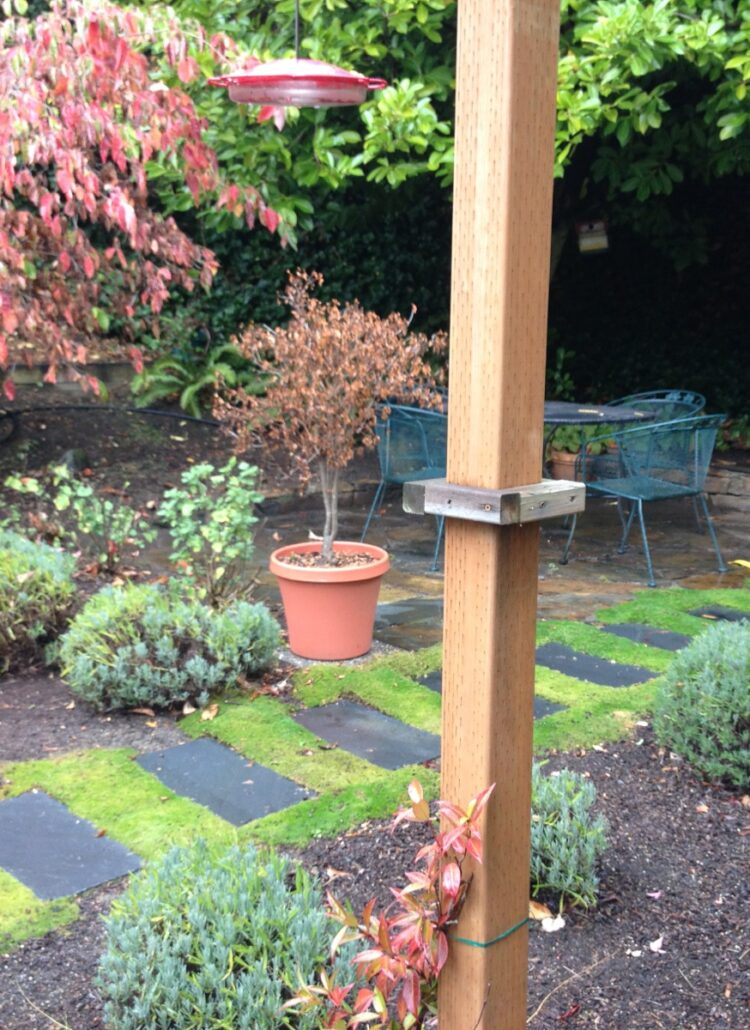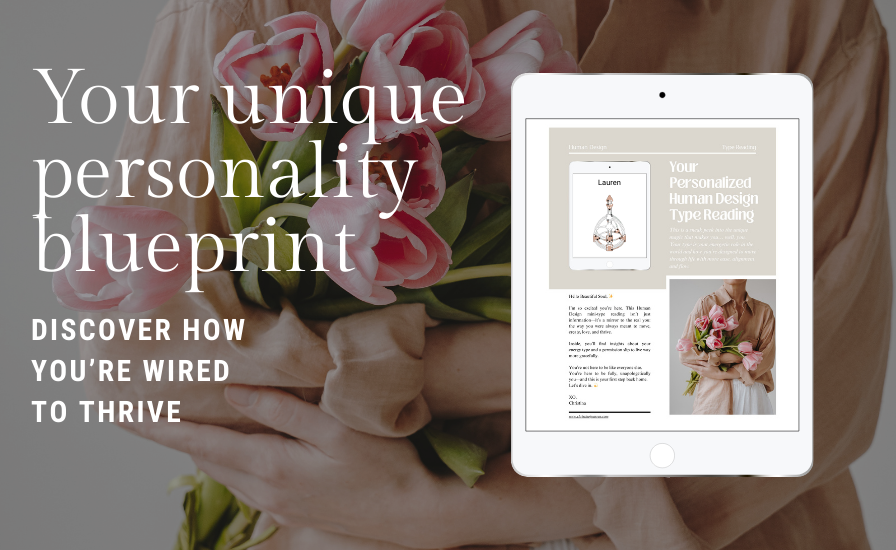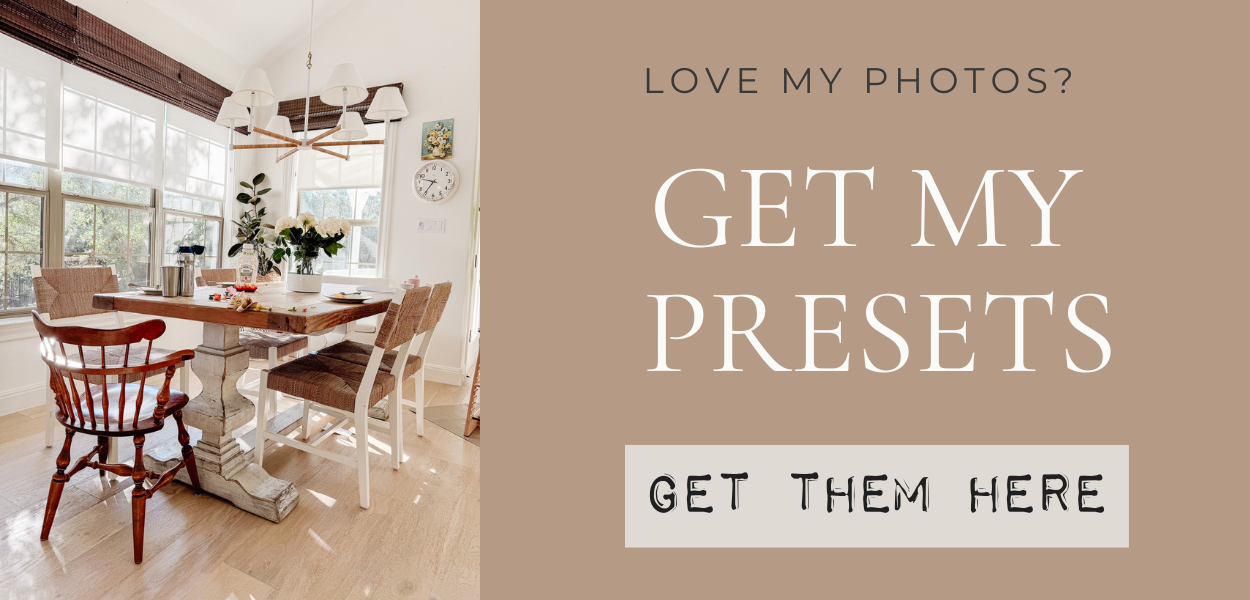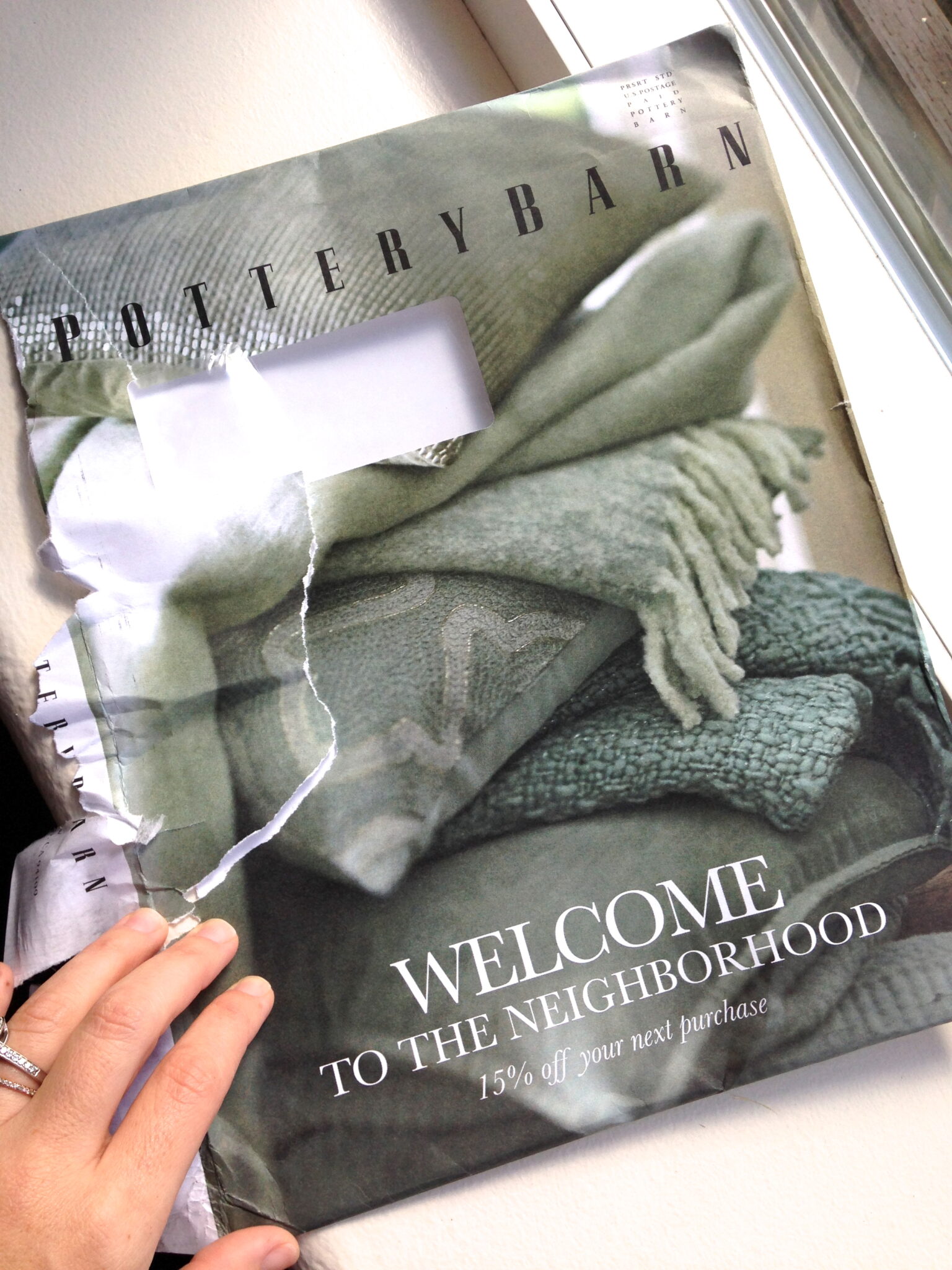
I get super excited when someone starts talking about engagement rings! I think all of them are gorgeous and shopping for them is a total flea market-like hunt to me. Lots of searching, comparing, educating and then the big bang! I love to hear my friends’ stories about how they came to choose the setting and how they decided on the diamond. It’s also fun when their fiancés pick something out for them! I loved talking to Nancy (hand pictured above) about her rings! I even tried on the engagement ring (one of my favorite things to do).
We can’t all afford the Pink Star. No matter what kind of budget you (or your significant other) has, you certainly can buy a diamond for a very good value. Two very sweet women who know jewelry taught me some very different views about jewelry, specifically diamonds. They are what most of this information is based upon. They are pros and I appreciate the lessons!
**If you are reading this as a person who is buying a ring for their fiancé, you are so smart and in luck!
One friend says, “When it comes to diamonds, guys are into quality and girls are into size.” For me, this is totally true-now. Here are the things I prioritized when looking for an engagement ring diamond and setting (or any diamonds):
1. Carat (the size)
2. Color (how bright white)
3. Clarity (flaws)
4. Cut (how sparkly)
5. Shape (the shape)
Not all women choose their ring! I was very happy to! My husband proposed so romantically and then offered me the choice of choosing a ring of my liking. Yay!
This takes some time and research to find out what is most important to you. It starts with daydreaming about what you envision on your pretty ring finger and then seeing what is out there that fits with your budget and lifestyle.
Consider:
- Are you active and want a lower setting where the diamond is less likely to catch on things (people wearing gloves at work)
- Do you want a wedding band to be able to fit with it?
- Do you want a band alone and not a “big diamond” on a band?
- Is there a family diamond you want to reset and make your own?
- Who do you know who has purchased a ring recently and may have some good advise/a jeweler?
- What is a timeless style that will be beautiful to you day in and day out?
Once you have the look/feeling of your ring (vintage, art deco, Tiffany solitaire) and if you are looking for the center stone, start surfing the web to see what these things cost. Look at the most perfect diamonds and the least, find the parameters you are comfortable with and then compare within your parameters.
Great online sourcing for price comparisons for solitaires and/or single loose diamonds:
TRY TRY TRY:
PLEASE go to Tiffany & Co. or Neil Lane and see what the most expensive rings really look and feel like in the flesh. It’s FREE! Lots of people do it! You should compare the quality of high-end rings and rings from less expensive stores.
***AN EXPERIENCED JEWELER CAN MAKE YOU ANYTHING YOU LIKE FOR A FRACTION OF THE COST OF ANY STORE. So, if you see something you like in a catalog or store, bring in a picture or link and see if it is something the jeweler can do. If it is a popular setting, then the jeweler has probably made it many times already.
Diamond 101
-
Carats:
Think about the size you feel looks good on your finger, what feels comfortable with your style and what feels appropriate to your budget. If you want to make a stone appear bigger, look at halo settings where a ring of diamond encircles the center stone.
**Say you are looking at a 1 carat ring. Consider looking at .92 carat rings. They can be considerably cheaper but appear the same size. They can appear even slightly bigger if cut differently and this is more noticeable as sizes go up.
-
Be open to color
When you go into a jeweler looking for diamonds, they love to show you how YELLOW a diamond looks by putting a colorless diamond next to a diamond that falls lower on the colorless chart (i.e. has a tint of yellow). When compared as bare stones (especially upside down) under a UV light, you would NEVER want that YELLOW diamond.
In reality, no one will ever be looking at your ring upside down under this ridiculous lighting, next to a perfect (super expensive) diamond. Remember, your diamond will also be in a setting. Take some time to look at rings and even ask people the color of their ring if you’re comfortable (bf’fs or your mom).
D, E & F gradings are all colorless
G, H, & I and J are near colorless
Below that you get into the faint yellow colors that are visible to the naked eye but D-I gives you a LOT of wiggle room when it comes to price tag here. Personaly I would recommend going J or above.
-
How do you feel about clarity?
| Category | Flawless | Internally Flawless | Very Very Slightly Included | Very Slightly Included | Slightly Included | Included | |||||
| Grade | FL | IF | VVS1 | VVS2 | VS1 | VS2 | SI1 | SI2 | I1 | I2 | I3 |
A flawless diamond is exponentially more expensive than an Included one.
The clarity chart above and the explanation below are from Wikipedia via GIA standards.
The GIA diamond grading scale is divided into six categories and eleven grades. The clarity categories and grades are:
- Flawless category (FL) diamonds have no inclusions or blemishes visible under 10x magnification.
- Internally Flawless category (IF) diamonds have no inclusions visible under 10x magnification, only small blemishes on the diamond surface.
- Very, Very Slightly Included category (VVS) diamonds have minute inclusions that are difficult for a skilled grader to see under 10x magnification. The VVS category is divided into two grades; VVS1 denotes a higher clarity grade than VVS2. Pinpoints and needles set the grade at VVS.
- Very Slightly Included category (VS) diamonds have minor inclusions that are difficult to somewhat easy for a trained grader to see when viewed under 10x magnification. The VS category is divided into two grades; VS1 denotes a higher clarity grade than VS2. Typically the inclusions in VS diamonds are invisible without magnification, however infrequently some VS2 inclusions may still be visible. An example would be on a large emerald cut diamond which has a small inclusion under the corner of the table.
- Slightly Included category (SI) diamonds have noticeable inclusions that are easy to very easy for a trained grader to see when viewed under 10x magnification. The SI category is divided into two grades; SI1 denotes a higher clarity grade than SI2. These may or may not be noticeable to the naked eye.
- Included category (I) diamonds have obvious inclusions that are clearly visible to a trained grader under 10x magnification.Included diamonds have inclusions that are usually visible without magnification or have inclusions that threaten the durability of the stone. The I category is divided into three grades; I1 denotes a higher clarity grade than I2, which in turn is higher than I3. Inclusions in I1 diamonds often are seen to the unaided eye. I2 inclusions are easily seen, while I3 diamonds have large and extremely easy to see inclusions that typically impact the brilliance of the diamond, as well as having inclusions that are often likely to threaten the structure of the diamond.
SI 1 and SI 2 diamonds and above, in my humble opinion can be spectacular. I’m sure there are even some spectacular rings that are included. I have seen at SI 1 and SI 2, there are many stones that do not have anything you would EVER see, even if looking closely. I have known a couple people with rings that DID have very visible blemishes (not sure which clarity) but these blemishes were hidden by the setting of the ring-like under a prong for example.
Also, rings that are in settings other than solitaire do not require as “perfect” as a diamond to look as wonderful.
-
Cut
Choose a cut that makes your diamond sparkle. Certain setting that let in lots of light are also great for maximizing sparkle.
**Keep in mind the setting’s ability to be cleaned! If it has a nice open back then you can easily clean the ring back to perfection with a toothbrush and home jewelry cleaner.
-
Consider different Shapes:
I have an oval shape. I told our jeweler the shapes that I was considering and he offered me the oval one at the best cost-for-size at that time. It depends on what is in stock etc. A round brilliant will always be most expensive though because more of the rough stone must be cut away in order to result in these dimensions.
Keep in mind that with different shapes comes different things to look for. For example, with an oval shape, the “bow-tie effect” (where it looks like a black bow tie is in the ring as the light hits it) can be prominent or unnoticeable.
Certification
Not all diamonds are graded equally. I would recommend a GIA or AGS graded diamond to ensure the standards are high and accurate. This will be good for resale if one day you should decide to upgrade (not in everyone’s taste, I know) too.
Alternativos (I heart Spanish):
Ebay
Estate Sales
Etsy
**Remember, stores mark up the cost of their diamond rings many times more than an individual jeweler. Feel free to ask for quotes and shop around. This is a big investment and choice and YOU’RE WORTH IT.
(Pictured- my friend Nancy sports an enhanced classic with lots of bands to make it modern. I totally snuck this photo.)










Glowstar Diamond says
Get The Excellent Diamond With Best Cutting,Clarity,color & Shape With Glowstar Diamond @ http://www.glowstaronline.com